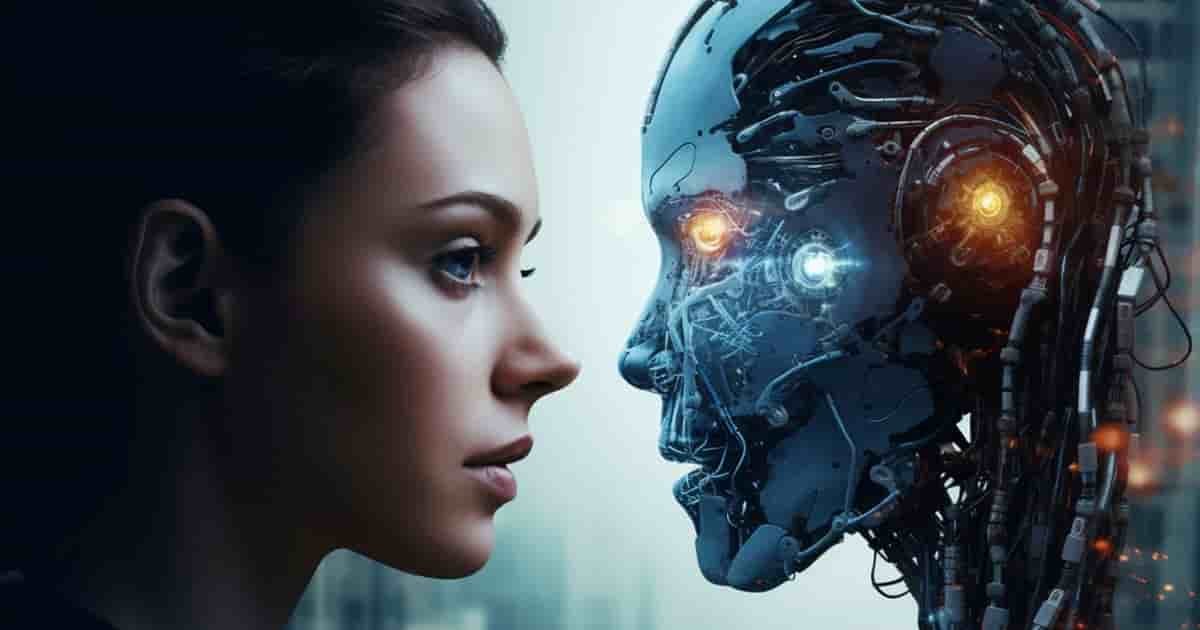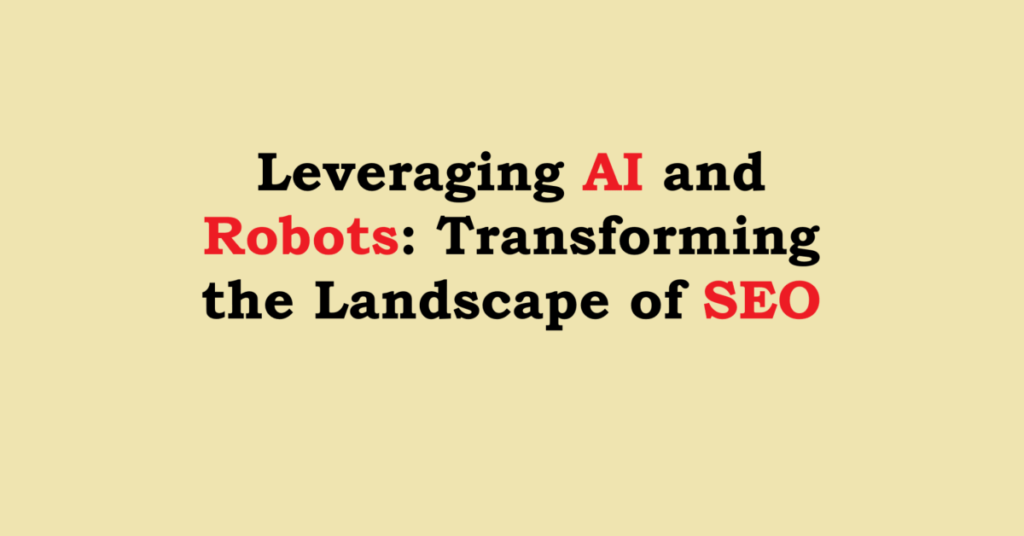The debate surrounding “human vs AI” has moved from the realm of science fiction to the forefront of everyday conversation. From self-driving cars to personalized recommendations, artificial intelligence is increasingly impacting our lives. But are we truly on a collision course with intelligent machines? Or can we find a path toward collaboration and mutual benefit? This article aims to explore the strengths and weaknesses of both human and artificial intelligence, examining how they differ, where they overlap, and how they can potentially work together to shape a better future.
Human vs AI

Defining the Playing Field: What is Intelligence, Really?
Before diving into the specifics, it’s crucial to define what we mean by “intelligence.” For humans, intelligence is often associated with a complex tapestry of cognitive abilities, including:
- Reasoning: The ability to draw inferences, solve problems, and make logical decisions.
- Learning: The capacity to acquire new information, skills, and knowledge.
- Adaptation: The flexibility to adjust to changing environments and circumstances.
- Creativity: The ability to generate novel and valuable ideas.
- Emotional Intelligence: The understanding and management of emotions, both in oneself and others.
- Common Sense: A practical understanding of the world and how things work.
AI, on the other hand, is typically defined as the ability of a computer or machine to perform tasks that typically require human intelligence. This can include everything from image recognition and natural language processing to complex calculations and strategic planning. However, it’s important to recognize that AI, at least in its current form, often achieves these tasks through different mechanisms than humans do.
The Strengths of Human Intelligence: Where We Shine
Despite the rapid advancements in AI, humans still possess a unique set of strengths that are difficult, if not impossible, for machines to replicate. These strengths stem from our evolutionary history, our biological makeup, and our lived experiences.
- Adaptability and General Intelligence: Humans are remarkably adaptable. We can learn new skills, navigate unfamiliar environments, and solve problems in creative and unexpected ways. This is partly due to our “general intelligence,” which allows us to apply knowledge and skills across a wide range of domains. AI, on the other hand, is often highly specialized, excelling at specific tasks but struggling with anything outside of its training parameters. While AI can be retrained, it often requires vast amounts of data and significant computational resources.
- Creativity and Intuition: True creativity, the ability to generate genuinely novel and valuable ideas, remains a uniquely human trait. While AI can generate outputs that appear creative (like writing poetry or composing music), these outputs are typically based on patterns learned from existing data. Human creativity, on the other hand, often involves abstract thought, intuition, and a capacity for emotional expression that is currently beyond the reach of AI.
- Emotional Intelligence and Empathy: Humans are inherently social creatures, and our emotional intelligence allows us to understand and respond to the emotions of others. This ability is crucial for building relationships, collaborating effectively, and resolving conflicts. While AI is making progress in recognizing and responding to human emotions, it still lacks the genuine empathy and understanding that comes from shared experience.
- Ethical Reasoning and Moral Compass: Humans possess a sense of morality and ethical reasoning that guides our decisions and actions. We can consider the consequences of our choices and make judgments based on our values and principles. While AI can be programmed with ethical guidelines, it lacks the capacity for moral judgment and the ability to adapt its ethics to novel or ambiguous situations. The “trolley problem,” a famous thought experiment in ethics, highlights the difficulties of programming ethical decision-making into machines.
- Common Sense and Contextual Understanding: Humans possess a wealth of common sense knowledge about the world and how things work. This allows us to understand the nuances of language, interpret social cues, and make informed decisions in everyday situations. AI often struggles with common sense reasoning, making seemingly absurd errors in judgment or misunderstanding simple instructions.
- Critical Thinking and Nuance Recognition: Humans excel at critical thinking. We can analyze information from multiple sources, identify biases, and form independent judgments. We’re adept at recognizing nuances in language, understanding implicit meanings, and detecting subtle inconsistencies. AI, while capable of processing vast amounts of data, can sometimes struggle with critical analysis and the interpretation of complex or ambiguous information.
The Power of Artificial Intelligence: Where Machines Excel
While humans have distinct advantages in certain areas, AI boasts a unique set of strengths that are transforming industries and reshaping the world.
- Data Processing and Analysis: AI can process vast amounts of data at speeds that are impossible for humans to match. This makes it ideal for tasks such as identifying patterns in large datasets, predicting future trends, and optimizing complex systems. For example, AI is used in finance to detect fraudulent transactions, in healthcare to analyze medical images, and in retail to personalize recommendations.
- Automation and Repetitive Tasks: AI excels at automating repetitive and tedious tasks, freeing up humans to focus on more creative and strategic endeavors. This can lead to increased efficiency, reduced errors, and improved productivity. Examples include automated assembly lines, robotic process automation (RPA) for administrative tasks, and AI-powered customer service chatbots.
- Precision and Accuracy: AI can perform tasks with a level of precision and accuracy that is often beyond human capabilities. This is particularly valuable in fields such as medicine, engineering, and manufacturing. For example, AI-powered surgical robots can perform delicate procedures with greater precision than human surgeons, and AI-based quality control systems can detect even the smallest defects in manufactured products.
- Scalability and Consistency: AI can be easily scaled to meet changing demands. Unlike humans, machines don’t require sleep, breaks, or personal time. This makes them ideal for applications that require consistent performance and high throughput. For example, cloud-based AI services can handle massive amounts of data and respond to millions of requests simultaneously.
- Objectivity and Impartiality: In theory, AI can be more objective and impartial than humans. AI algorithms are based on mathematical models and data, and they are not influenced by emotions, biases, or personal preferences. This can be particularly valuable in areas where objectivity is critical, such as hiring, loan approvals, and criminal justice. However, it’s important to note that AI systems can still be biased if they are trained on biased data.
- Memory and Recall: AI systems possess perfect recall of the data they’ve been trained on. This allows them to instantly access and retrieve information without the limitations of human memory. This capability is invaluable in applications such as information retrieval, knowledge management, and personalized learning.
The Overlap: Where Human and AI Capabilities Intersect
The human vs AI debate is often framed as a competition, but the reality is that there is significant overlap between human and AI capabilities. Furthermore, the most promising applications of AI often involve collaboration between humans and machines.
- Human-in-the-Loop AI: This approach involves humans working alongside AI systems, providing guidance, feedback, and oversight. Human-in-the-loop AI can be particularly valuable in situations where AI algorithms are uncertain or make errors. For example, self-driving cars still require human drivers to intervene in certain situations, and AI-powered medical diagnosis tools are used by doctors to assist in their decision-making.
- Augmented Intelligence: This concept focuses on using AI to augment human capabilities, rather than replace them. Augmented intelligence tools can help humans make better decisions, improve their productivity, and enhance their creativity. For example, AI-powered writing assistants can help writers improve their grammar and style, and AI-based data visualization tools can help analysts identify patterns and insights that they might otherwise miss.
- AI for Human Well-being: AI can be used to address some of the world’s most pressing challenges, such as poverty, disease, and climate change. For example, AI is being used to develop new drugs, improve agricultural yields, and optimize energy consumption. AI can also be used to personalize education, provide mental health support, and improve the lives of people with disabilities.
The Future: Collaboration and Coexistence
The future of human vs AI is not a zero-sum game. Instead, it is likely to be a future of collaboration and coexistence. By recognizing the strengths and weaknesses of both human and artificial intelligence, we can create systems that leverage the best of both worlds.
This requires a shift in mindset. Instead of viewing AI as a threat to human jobs, we should see it as a tool that can help us be more productive, creative, and fulfilled. We need to focus on developing skills that are uniquely human, such as critical thinking, problem-solving, and emotional intelligence. We also need to ensure that AI is developed and deployed in a responsible and ethical manner.
Key Considerations for the Future:
- Ethical AI Development: Establishing clear ethical guidelines for the development and deployment of AI is crucial. This includes addressing issues such as bias, privacy, and accountability.
- AI Literacy: Improving public understanding of AI is essential. This will help people make informed decisions about how AI is used and how it impacts their lives.
- Education and Training: Investing in education and training programs that equip people with the skills they need to thrive in an AI-driven world is paramount.
- Collaboration and Dialogue: Fostering open dialogue and collaboration between researchers, policymakers, and the public is necessary to ensure that AI is developed and used in a way that benefits all of humanity.

In conclusion, the human vs AI debate is a complex and multifaceted one. While AI has made remarkable progress in recent years, humans still possess a unique set of strengths that are difficult for machines to replicate. The most promising future involves collaboration between humans and AI, where each leverages the strengths of the other to create a better world. By focusing on ethical development, education, and collaboration, we can ensure that AI is a force for good, augmenting human capabilities and addressing some of the world’s most pressing challenges.


